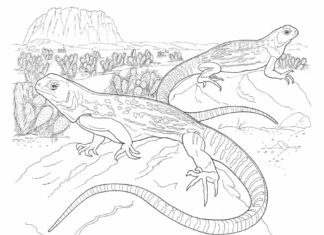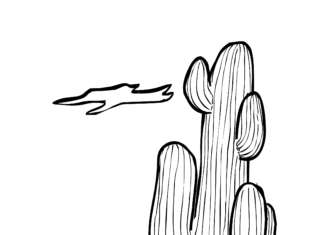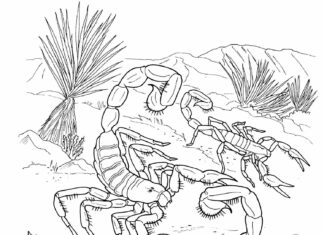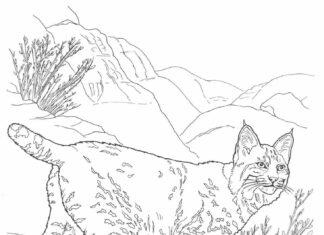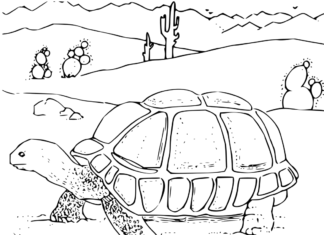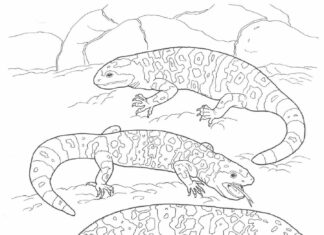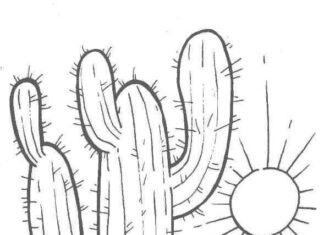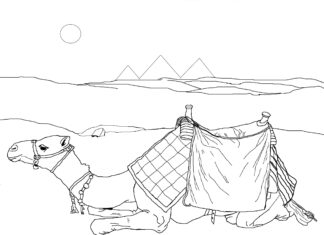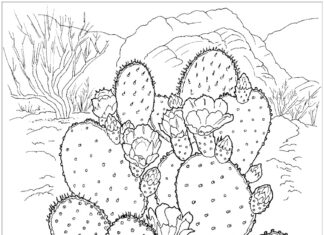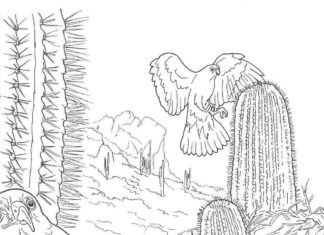In this category you will find images related to deserts. It is nothing but a sandy area where there are no plants because there is no rainfall so it is too dry for plants to grow. The only plant you will often find in sandy areas is the cactus, because it doesn't need as much water as the other plants.
Desert Coloring Book
Information
- Definition of: A desert is an area where rainfall is sparse, rarely exceeding 250 mm per year, making it extremely difficult for life to sustain itself.
- Types of deserts: Deserts can be divided into four main types: warm low deserts, cold high deserts, semi-deserts and maritime deserts.
- Geographical distribution: The largest deserts in the world are the Sahara in Africa, the Arabian Desert in the Middle East, the Atacama in South America, and the Great Victoria Desert and the Great Sandy Desert in Australia.
- Flora and fauna: Despite the extreme conditions, many plant and animal species have adapted to life in the desert. Examples of such adaptations include the ability to store water, resistance to high temperatures and the ability to live with minimal food.
- Extreme temperatures: During the day, desert temperatures can exceed 40°C, while at night they can drop sharply, even below 0°C in some deserts.
- Winds and sandstorms: Strong winds often blowing in the desert can cause sandstorms that can last for hours and be dangerous to people and animals.
- The phenomenon of mirages: High temperatures in the desert can cause the phenomenon of mirages - illusory images of water bodies or oases that are the result of light refraction by hot air.
- Soil salinity: Many deserts have highly saline soils, making them infertile.
- Desert cultures: Many ancient civilizations, such as the Egyptians and Bedouin, developed and adapted to harsh desert conditions.
-
Climate change: Climate change may affect desert ecosystems, causing further desertification of already dry areas or causing other areas to be converted to deserts. trivia
- The driest desert: The Atacama Desert in Chile is considered the driest desert in the world. There are places in the Atacama where no rainfall has been recorded for hundreds of years!
- Ice deserts: Not all deserts are hot! For example, the deserts of Antarctica and the Arctic are cold, but they qualify as deserts because of very little rainfall.
- Largest desert: Many people consider the Sahara to be the largest desert in the world, but if we include ice deserts, Antarctica surpasses all other deserts in terms of area.
- Flowers of the desert: After infrequent rainfall, some deserts, such as the Mojave in California, come alive with color thanks to the blooming of wildflowers.
- Rain of fish: In the deserts of Peru, a phenomenon called "fish rain" happens. After rare, heavy rains, fish can be found on the ground. It is believed that they are thrown from nearby waters during strong winds.
- Great sand dunes: Some of the world's tallest sand dunes are found in the Sahara desert. The Erg Chebbi dune in Morocco can reach heights of up to 160 meters.
- Desert lakes: In the middle of the Mojave Desert in California is a lake called Dry Lake. It is a salt marsh that is dry most of the time, but after rare rainfall, water can accumulate in it.
- Cacti as water stores: Cacti that grow in deserts have the ability to store water in their fabrics, allowing them to survive long periods of drought.
- Stones moving: In Death Valley, California, there are so-called "moving stones" that leave footprints on the surface of salt pans. Although they have been a mystery for many years, studies have shown that thin layers of ice and strong winds can cause these stones to move.
- Desert cultures: Many ancient civilizations, including the Egyptians, Nabataeans and Incas, thrived in deserts, adapting to their harsh conditions and creating impressive buildings and cities.

